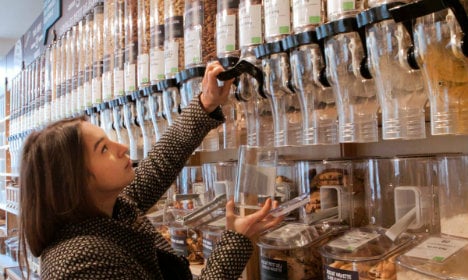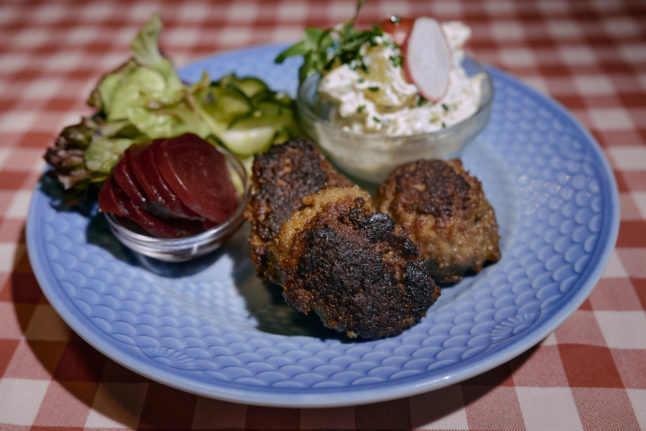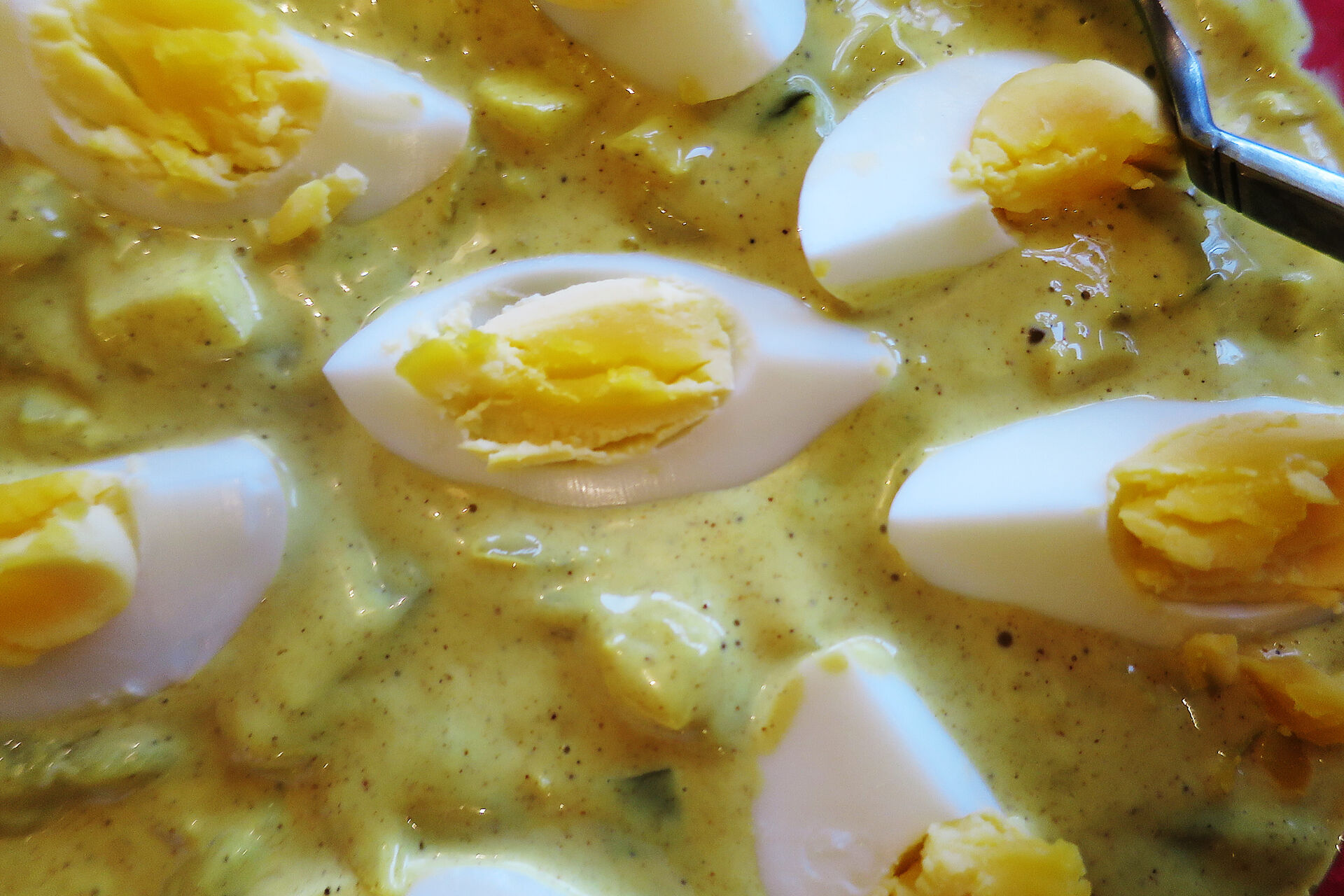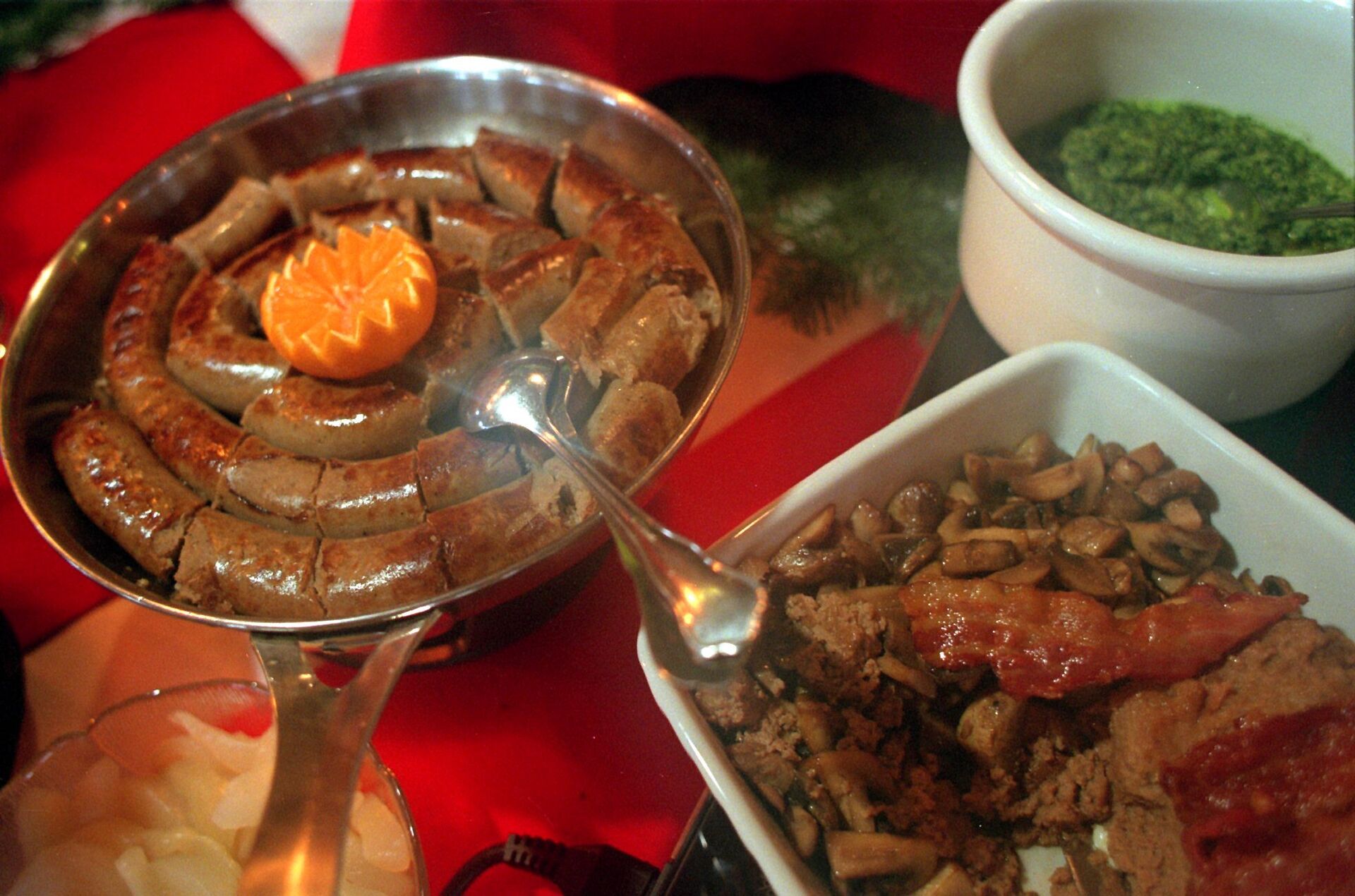Denmark did not fare well in the latest Eurostat report on waste in Europe. According to the study, Danes led the EU in 2014 by producing a tremendous 759 kg of waste per citizen. The figures are pretty staggering, especially considering Denmark’s northern Norwegian neighbours wasted only 423kg in the same year.
But there are eco-friendly changes underway in Denmark. The country has cut its food waste by 25 percent over the past five years and recently made global headlines for opening the world's first supermarket exclusively selling excess food.
Now two pioneers are bringing another revolutionary concept to the shoppers of Copenhagen in another first for the nation.
The organic food store Løs Market will introduce an innovative zero-packaging concept to Copenhagen this August, hoping to reduce the Danes' oversized trash output.
Løs Market founders Frédéric Hamburger and Constance Leth found the inspiration to create their zero packaging store in France and Germany.
“The inspiration came from France where around 500 organic shops are selling goods in bulk in containers already,” Hamburger old The Local.
“Through our visits to these stores we could tell that people are now ready to buy without packaging because many are now tired of plastic and packaging, especially in Denmark,” they continued.
Denmark is already familiar to the concept thanks to the rich abundance of pick-and-mix sweets stores scattered across the country.
Løs Market will adapt that tried and true concept with a unique twist by essentially replacing those sugary cavity creators with organic cereals, fruit, vegetables, wines and over 400 other organic products.
Customers will be encouraged to bring their own containers to the store for dry goods, with Løs Market also offering biodegradable paper bags for shoppers who don’t have a spare one to hand. When it comes to liquids, consumers will be given a refillable bottle to reuse until their thirst for wine, olive oil and soap is sated.

Løs Market will allow customers to bring and re-use their own containers. Photo: Submitted
Although changing Danish shopping habits is going to be far from an easy task, the Løs Market founders are confident the zero packaging shopping experience will be as successful with Danish consumers as it is with the French.
“It’s going to be a long road to change people’s buying habits, but when we see all the people willing to buy without packaging in France, we are quite optimistic that we will create the same ‘movement’ in Denmark,” Hamburger said.
Løs Market has launched a crowdfunding campaign ahead of its planned August opening.





 Please whitelist us to continue reading.
Please whitelist us to continue reading.
Member comments